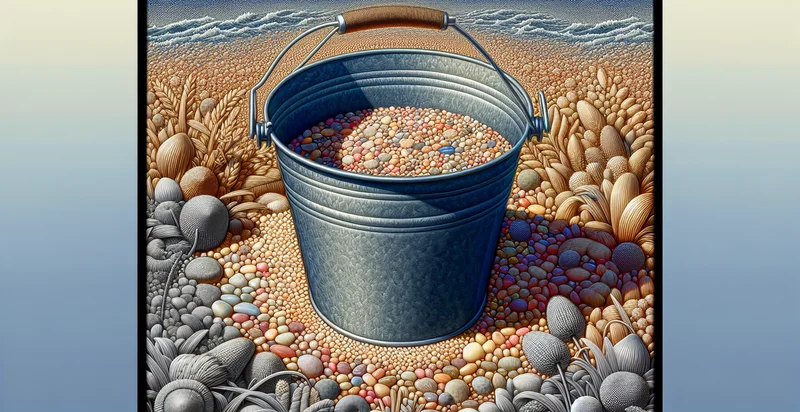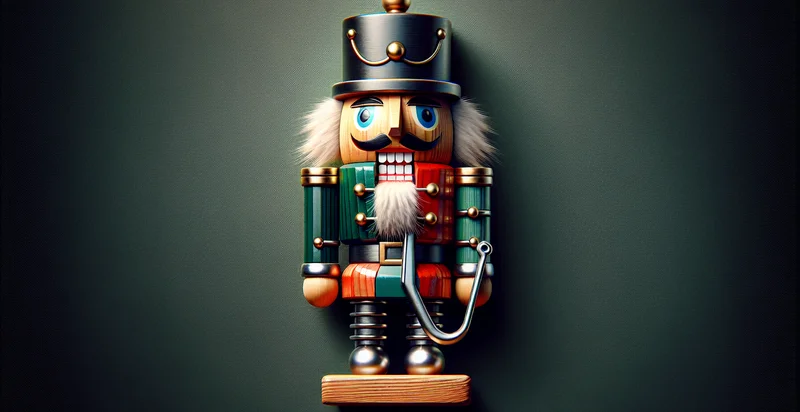Identify what material a bowl is made from
using AI
Below is a free classifier to identify what material a bowl is made from. Just upload your image, and our AI will predict what material a bowl is made from - in just seconds.

Contact us for API access
Or, use Nyckel to build highly-accurate custom classifiers in just minutes. No PhD required.
Get started
import nyckel
credentials = nyckel.Credentials("YOUR_CLIENT_ID", "YOUR_CLIENT_SECRET")
nyckel.invoke("what-material-a-bowl-is-made-from", "your_image_url", credentials)
fetch('https://www.nyckel.com/v1/functions/what-material-a-bowl-is-made-from/invoke', {
method: 'POST',
headers: {
'Authorization': 'Bearer ' + 'YOUR_BEARER_TOKEN',
'Content-Type': 'application/json',
},
body: JSON.stringify(
{"data": "your_image_url"}
)
})
.then(response => response.json())
.then(data => console.log(data));
curl -X POST \
-H "Content-Type: application/json" \
-H "Authorization: Bearer YOUR_BEARER_TOKEN" \
-d '{"data": "your_image_url"}' \
https://www.nyckel.com/v1/functions/what-material-a-bowl-is-made-from/invoke
How this classifier works
To start, upload your image. Our AI tool will then predict what material a bowl is made from.
This pretrained image model uses a Nyckel-created dataset and has 16 labels, including Aluminum, Bamboo, Biodegradable Material, Ceramic, Clay, Copper, Glass, Melamine, Metal and Paper.
We'll also show a confidence score (the higher the number, the more confident the AI model is around what material a bowl is made from).
Whether you're just curious or building what material a bowl is made from detection into your application, we hope our classifier proves helpful.
Related Classifiers
Need to identify what material a bowl is made from at scale?
Get API or Zapier access to this classifier for free. It's perfect for:
- Material Quality Assessment: This use case involves using the image classification function to analyze bowls produced in manufacturing. By identifying the materials used, companies can ensure that their products meet quality standards and specifications, leading to higher customer satisfaction and reduced returns.
- Recycling Compliance Verification: Waste management organizations can utilize this function to classify bowls made from different materials, such as plastic, glass, or ceramic. This classification aids in effective sorting and recycling practices, ensuring compliance with environmental regulations and promoting sustainability.
- E-commerce Product Verification: Online retailers can implement the classification function to verify the materials of bowls listed on their platforms. This enhances product descriptions, providing customers with accurate information and reducing disputes regarding product authenticity.
- Inventory Management: Businesses in the kitchenware industry can adopt this function to streamline inventory control. By classifying the materials of multiple bowl types, companies can maintain better stock records and optimize their supply chain processes.
- Market Research and Trend Analysis: Researchers can leverage the image classification function to study consumer preferences and market trends in kitchenware. By analyzing the materials of popular bowls, brands can adjust their product offerings to align with market demand.
- Artisan and Handmade Product Verification: Craft sellers and artisan markets can use this feature to validate the materials used in handmade bowls. This adds credibility to seller claims, fostering trust among customers and supporting artisans by highlighting their craftsmanship accurately.
- Safety and Compliance Monitoring: Restaurants and catering services can utilize the classification function to ensure that bowls used in their kitchens comply with safety standards related to materials. By identifying potentially harmful substances in cookware, businesses can mitigate risks and ensure the health and safety of their customers.


